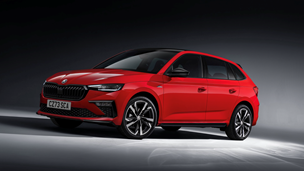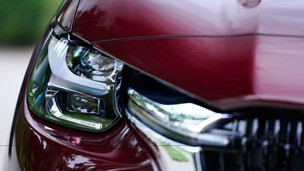If you’re a parent with small children, no doubt you’ll know what a battle it can be to wrestle a hyperactive toddler into their car seat.
Particularly in the mornings and on the school run, you’re stressed, you’re in a rush and you’re just trying to pack all the kids in and get where you’re going as smoothly and as quickly as possible.
However, it’s easy to make mistakes when you’re distracted and no matter how uncooperative your kids are being it’s really important to make sure they’re strapped in securely. Here’s seven of the most common mistakes parents make, some of which you mightn’t even know you’re making.
Dressing your child in thick clothing
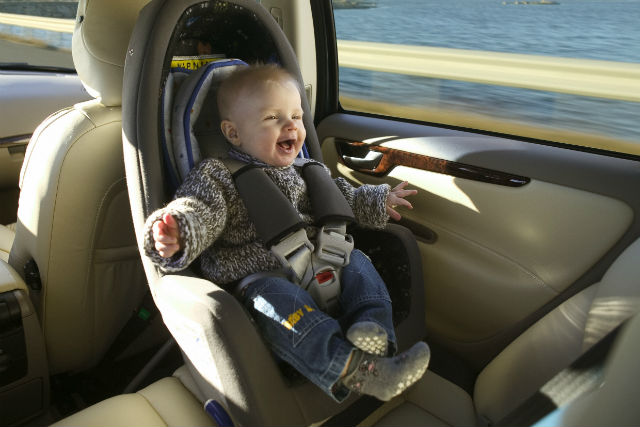
When you’re strapping your baby or toddler into a child seat, it’s important to remove all thick clothing like jackets and overcoats, even on a cold day or in the winter.
The reason for this is that in the event of a crash, the extra padding can cause the child to slip out of the harness, essentially posing the same risks as not fastening the harness tightly enough and increasing the chance of serious head and neck injuries.
Fastening the harness too loosely
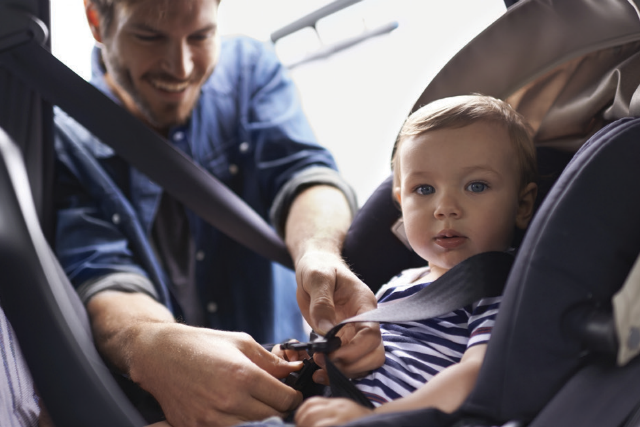
Fastening the harnesses on child seats too loosely will mean that the child isn’t secured into the seat properly, so it’s worthwhile checking to make sure that it’s tight enough to keep the child in place securely, though of course you shouldn’t over-tighten it either.
The problem for many parents is that, depending on the age of your child, you mightn’t be able to ask them if it’s too tight, so some will tend to err on the side of caution and fasten it too loose rather than too tight.
An easy way to check whether the harness fits correctly is to take your thumb and forefinger and try to pinch the strap; if you’re able to pinch the webbing together the strap is too loose.
Letting the seatbelt harness get twisted
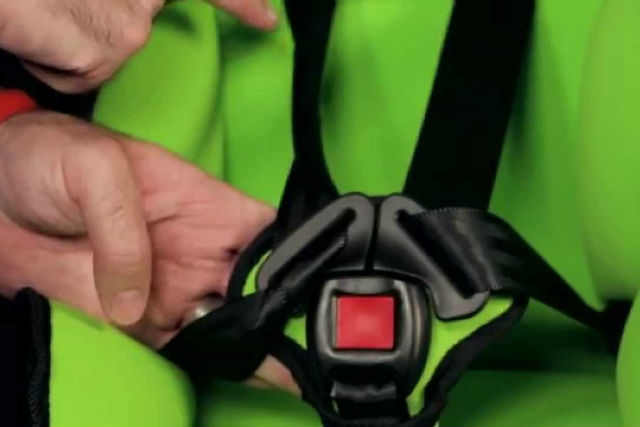
One of the most common mistakes, and one that’s easy to make particularly if you’re in a rush in the mornings, is allowing the seat harness to become twisted. Unfortunately, it’s also one of the most dangerous mistakes.
For a start, a twisted harness will wear out more quickly than one that’s fastened correctly, but more importantly, the reduction in surface area can actually cause the harness to inflict more damage on your child in the event of an accident.
It’s worth having a quick check every time you put your child or toddler into the seat, just to make sure that everything lines up correctly.
Wedging the top of the seat against the headrest
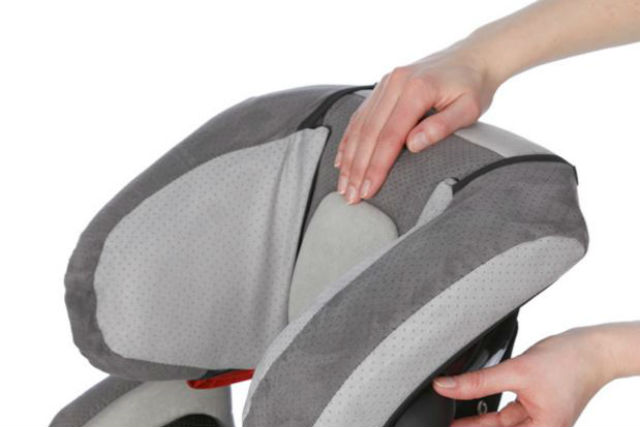
With forward-facing car seats, some drivers tend to wedge the bottom of the car’s headrests against the top lip of the seat. At first glance this might seem like a good idea, as the headrest could further secure the seat in place.
However, car seats are actually designed to move forward with the child in the event of an accident in order to protect against whiplash, and so attempting to secure the top of the seat in place is actually less safe.
When using a high-backed child car seat, the headrest should always be lifted clear of the seat, or removed altogether.
‘Crunching’ the seatbelt buckle
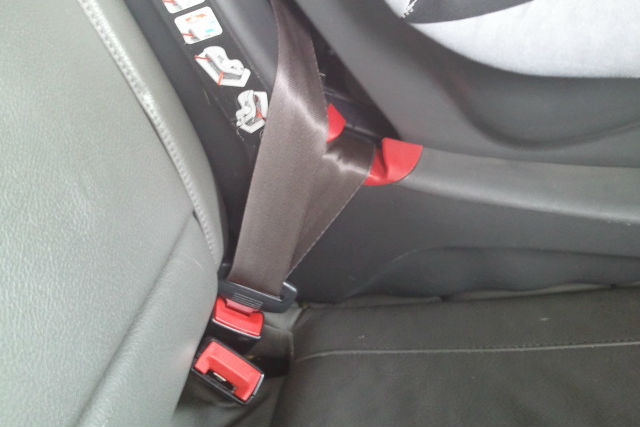
'Buckle crunch' is what happens when the car seat is positioned incorrectly over the seatbelt buckle which helps secure the car seat into the car, causing the buckle itself to bend.
Over time, the extra weight and wear on the buckle can cause it to snap off altogether, which will effectively release the car seat from vehicles that aren’t fitted with ISOFIX attachments.
Positioning the seatbelt incorrectly
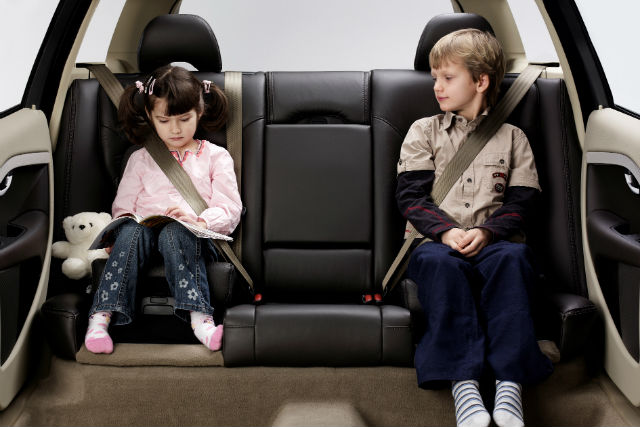
For older children using a booster seat, the car’s seatbelt should be positioned so that it rests across the child’s shoulder. It should never go across the neck or across the arm, which could cause serious injuries in the event of a collision.
Likewise, the lap belt should go across the hip and the tops of the thighs rather than across the abdomen, as this can likewise cause serious internal injuries if the car is involved in a crash.
Positioning the shoulder harness incorrectly
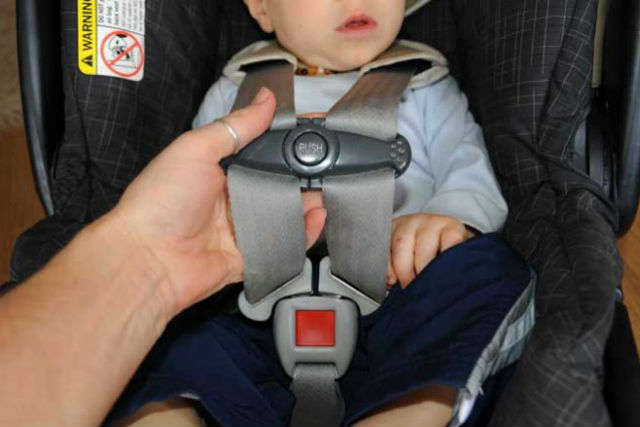
For babies and small toddlers using high-backed seats with harnesses, you should make sure that the shoulder harness is positioned correctly so that it’s not likely to fall off the side of the shoulders.
Likewise, it shouldn’t be positioned high enough that it could cut into the child’s neck, and should instead sit squarely and securely on the shoulders for the best protection.
